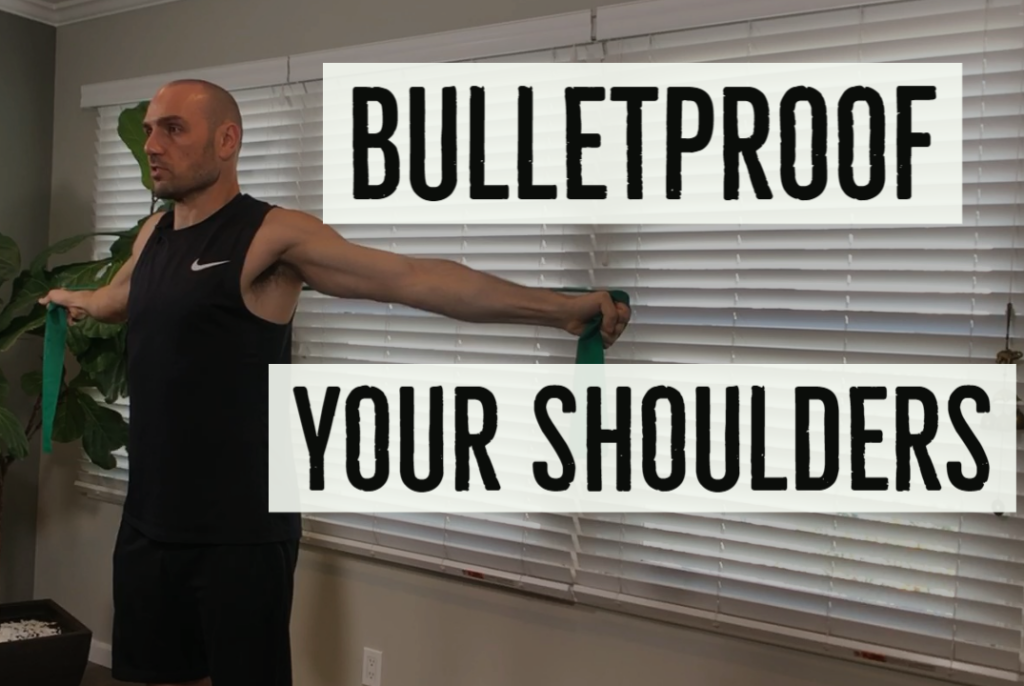The Three Phases of Movement

 There are three phases involved with movement…
There are three phases involved with movement…
- Concentric
- Isometric
- Eccentric
1. The concentric phase is when we are doing an exercise and the muscles we are targeting are contracting and the muscle fibers are shortening. So for example, when doing a biceps curl, when bringing the hands up, that’s the concentric phase.
2. Now when you do that bicep curl, if you stop at any one point and hold it there, it becomes an isometric exercise. Iso means same. Metric means length. The muscle fibers are remaining the same length. Yoga is full of both dynamic and isometric movements. Like if you were to just be holding dolphin plank or dolphin down-ward dog (plank or downward dog on your forearms).
3. Eccentric is the lowering phase of a movement when the muscles under contraction are lengthening. So when you’re slowly lowering the dumbbell under control back to the starting position, that’s the eccentric phase. This is also known as the “negative” phase.
You can generate much more power during the eccentric (negative) phase than the isometric or concentric. (And the isometric is easier than the concentric.)
For this reason, eccentrics and isometrics are often prescribed or programmed as a prerequisite especially when the concentric is not possible. This is very common when it comes to bodyweight exercises. For example, if you can’t do a single pull up, you may be able to do a negative pull up where you lower yourself down slowly from the top. And the benefit of the eccentric is also that it can help you train a movement/motor pattern repeatedly in a safer manner. Isometrics are often useful as well when working on flexibility in the end-range: That is to say when you reach the end of your range of motion on an exercise, if you keep contracting/holding there, you will build strength in that part because you get stronger in the range that you work in and time under tension is your friend.
Another interesting bit about eccentric exercises: Eccentric exercises also generate the most soreness as it causes the most micro-trauma. For an Olympic Powerlifter, since they don’t have to lower the weight down (they just drop it), the lack of eccentric loading minimizes muscle damage which results in less soreness and allows faster recovery time.





